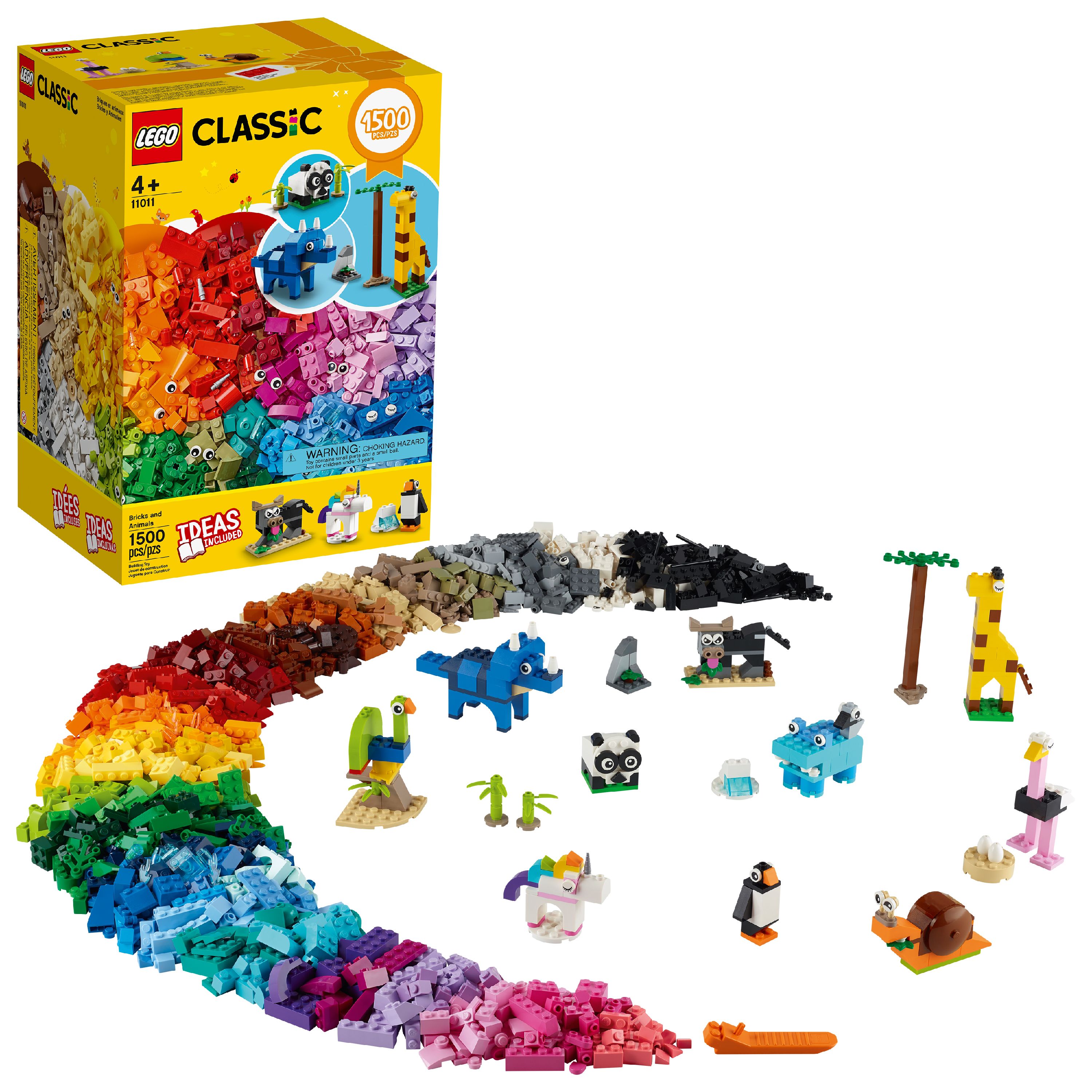LEGO City: Ocean Exploration Ship Floating Toy Boat (60266) – IWOOT UK
Toy ship that really floats on water, with accessible command cockpit and laboratory, a working crane, helipad, movable boat arm and storage. This multi-vehicle toy also includes a research submarine, helicopter, speedboat, shark cage and pirate shipwreck with hidden treasure.
This super-long ship not only floats on water, it has everything kids need for endless ocean exploration. There’s a shark cage, working crane, research submarine, helicopter and even a pirate shipwreck with hidden treasure! With 8 explorer minifigures, including LEGO City TV character Harl Hubbs, the scene is set for action-packed escapades. Fun and adventure are on the horizon with the mighty LEGO City Ocean Exploration Ship (60266).
This toy playset includes simple building instructions and Instructions PLUS – part of the free LEGO Building Instructions app for smartphones and tablets. This interactive building guide, with amazing zoom and rotate viewing tools, quickly helps budding LEGO builders become master builders.
LEGO City is proud to support the work of National Geographic Explorers. With feature-rich buildings, realistic vehicles and fun characters, our Ocean playsets deliver an exciting, open-ended world of underwater discovery and adventure for budding explorers. The toy exploration ship measures over 7″ (18cm) high, 24″ (63cm) long and 6″ (17cm) wide, while the pirate shipwreck measures over 6″ (16cm) high, 5″ (13cm) long and 3″ (8cm) wide. Contains 745 pieces.
Features:
- Toy ship that really floats on water, with accessible command cockpit and laboratory, a working crane, helipad, movable boat arm and storage
- This multi-vehicle toy also includes a research submarine, helicopter, speedboat, shark cage and pirate shipwreck with hidden treasure
- Includes a team of 8 explorers with LEGO City Adventures TV series hero Harl Hubbs minifigure, shark and stingray figures, plus accessories
- Use Instructions PLUS, available as part of the free LEGO Building Instructions app for smart devices, to zoom, rotate and visualise
- Check out other LEGO City Oceans sets: Ocean Exploration Base 60265, Ocean Exploration Submarine 60264, and Ocean Mini-Submarine 60263
- Age: 7+
- Number of Pieces: 745
Additional information
| numberPieces | 745 |
|---|---|
| Age | 7+ |






Reviews
There are no reviews yet.